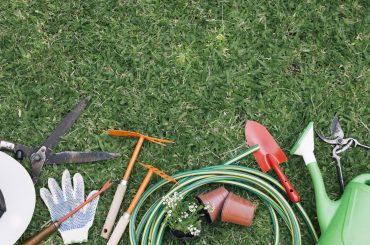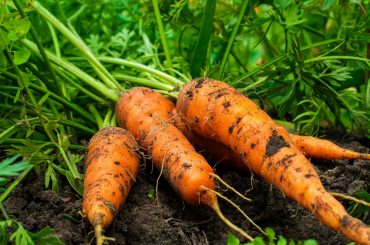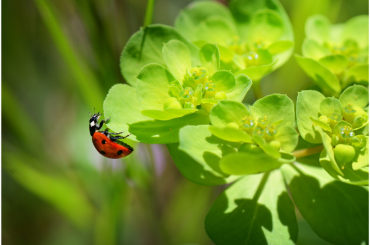If you’re just starting the gardening journey, surely you want to plant a few seeds and see the progress day by day. That has a different kind of satisfaction. But planting seeds for the first time can bring up a lot of questions as to how one can go about it. Which why we are going to answer some frequently asked questions about starting seeds.
1. When is the best time to start seeds?
In India, the general time to plant seeds varies on when you want to see blooms or harvest the plant. To get a harvest in late December or January, September would be a good average time to plant seeds.
And to see blooms in February, October will be a good time to plant.
Seeds don’t like extreme heat or extreme cold. To generalise, seeds to tropical plants will not survive in the cold.
2. What soil is the best to start seeds?
Seeds that are very small and delicate, need a lot of energy to push out of the soil layer. If this layer of soil is too thick or too hard, they’ll die under the surface itself. Which is why a good airy, draining soil is best for seeds. We need draining soil because seeds like water but don’t like drowning in it. Cocopeat is a good addition to the soil as it holds enough moisture, but also provides drainage to normal garden soil. Rocks may not be a good idea for drainage. Because for some seeds, like carrots, any obstacles in the way can distort the crop.
3. How deep to plant the seed?
Like mentioned before, small seeds can’t have a very thick layer on top of them. So, for small seeds, they should not be more than half an inch or an inch deep into the soil. For larger seeds like beans can be planted a little deeper. The general rule being, bigger seeds can be sown around ¾ of a pointer finger-sized hole in the soil.
4. When is the best time to transplant a seedling?
If you’ve started many seeds in a small pot, you’ll have to transplant the healthy ones into their own individual bigger pots, so that they can grow properly. The best time to do so is when the plant is around 5 inches tall. The average time is around a month. Discard the leggy, weak ones as these have a lower survival rate. The leaves should look healthy and shapely.
5. How much light and water does a seed need?
Seeds need a lot of light to grow out of their shell. But give them too much scorching direct sunlight, and they may not survive.
Keep them in bright filtered light until the seedling is at least 2 or 3 inches tall and can sustain direct sunlight. And with water, seeds need a lot of moisture to grow out.
But a lot of moisture does not mean that they like being in a pool of water. Keep the soil consistently moist, wait till just the surface is looking dry and then water. Letting the soil dry out too much can also kill the seed. So, depending upon the weather and climate you live in, you may have to monitor the soil and then make up your own schedule to keep the soil moist. After the seeds have sprouted out and the seedlings are growing to a few inches tall, you can lay back of the watering slightly!
Until next time,
Have a lovely day and Happy Planting!!
Gayatri Vaidya©




